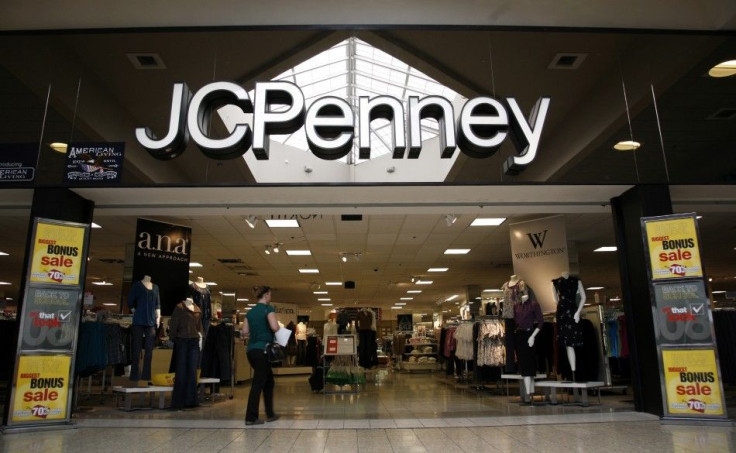The Retail Sector - Especially J.C. Penney (JCP) - Is Struggling

Storm clouds loomed over J.C. Penney Stores Inc. (NYSE:JCP) in the weeks before Monday’s dismal second-quarter earnings were released, but it is bad weather that thrashed sales in the whole retail sector -- particularly those that sell clothing -- during the latest fiscal period.
J.C. Penney suffered a net loss of $538 million, or $2.66 a share, Monday from a loss of $1.47 million, or 67 cents a share a year earlier. The loss per share for the Plano, Texas-based company -- which has been brutalized in headlines for its ailing home-good section, low cash reserves and very public battle with activist investor Bill Ackman -- was double what analysts’ expected.
Meanwhile, Saks Fifth Avenue (NYSE:SKS) lost $19.6 million, or 13 cents a share, compared to 12.3 million or 8 cents a share a year earlier. Macy’s Inc.’s (NYSE:M) disappointing $281 million, or 72 cents a share, in second-quarter earnings fell short of analysts’ expectations.
These stores, which sell a range of luxury and discounted apparel lines, are usually enlivened in the second quarter, which ended Aug. 3, by sales of summer clothes.
“Basically, last year, we had very warm weather early in the year and we had a new trend in fashion -- color was everywhere,” Jason Asaeda, a retail analyst at S&P’s Capital IQ, told International Business Times. “People really took advantage of that, and a lot of retailers benefited.”
Then, unseasonably cool weather struck across the country in the first quarter and in the beginning of the second quarter.
“It did dampen demand for shorts, T-shirts and all that stuff,” Asaeda said. “Apparel retailers, if their seasonal doesn’t sell, it has a very big impact on their business.”
Indeed, Asaeda said department stores such as J.C. Penney and Saks are often make up the loss of traffic to their clothing racks by trafficking in customers through its home-goods department.
Such could not be the case for J.C. Penney, which blamed its losses in large part on a failed revamp of its home-goods department under former CEO Ron Johnson.
Even Best Buy Co., Inc. (NYSE:BBY), which delighted investors on Monday with a net profit of $266 million, or 77 cents a share, saw a decline in year-over-year revenue as sales fell 0.4 percent.
So what is afflicting the retail industry, if not just chilly weather in 2013?
Sam Stovall, Standard & Poor’s chief equities strategist, told IBTimes it’s the same thing stoking fear in markets around the world: a tapering of the U.S. Federal Reserve’s stimulus measures.
“In general, people are feeling a little bit nervous about the whole retail space from both sides,” Stovall said.
Looking back to 1994, when the Fed raised interest rates seven times, among the worst-hit industries were home building, which declined 34 percent. Now, amid talk that the Fed will ease up on its quantitative easing practices, the same sector is down 24 percent in the last 13 weeks.
Retail subsectors, like home furnishing, general stores, department stores and apparel, also fell -- as they have in the past three months.
“People are looking at 1994 as a comparison as a comparison,” Stovall said. “They’re saying, ‘OK, well, what could happen this time around?’”
But Stovall warned against viewing the retail decline that way.
“I do believe it’s a little bit different, the Fed is looking to end the stimulus,” he said. “They’re taking their foot off the gas, they’re not putting their foot on the brake. A little bit different, but the overall effect is slowing the car.”
© Copyright IBTimes 2025. All rights reserved.






















